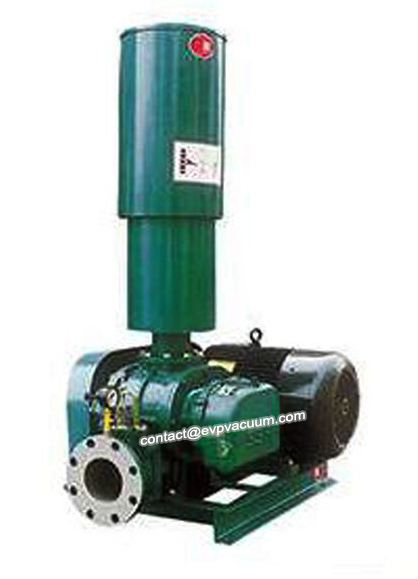Air blower and vacuum pump application
In the application process of blower and vacuum pump, the gas medium containing dust and other particles needs to be treated accordingly, otherwise entering into the equipment may cause performance change or damage of the equipment. In this article, vacuum pump manufacturers will share some knowledge about dust with you.
Dust refers to the solid particles suspended in the air. According to colloidal chemistry, dust is an aerosol, its dispersion medium is air, and its dispersion phase is solid particles. Dust and smoke in daily life belong to the scope of dust. For example, they can be divided into:
Inorganic dust: including mineral dust, metal dust, artificial inorganic dust (such as emery, cement, glass fiber). Organic dust: including plant dust (such as wood, tobacco, flour), animal dust (such as hide, horniness, hair), artificial organic dust (such as explosive, organic dye, plastic, chemical fiber). Mixed dust: a mixture of the above dust (such as metal grinding, metal and abrasive dust mixture, etc.).
According to the size of dust: coarse dust, particle size greater than 40 μ m, easy to settle in the air; fine dust, particle size 10-40 μ m, visible to the naked eye in bright light; micro dust, particle size 0.25-10 μ m, can be observed with ordinary optical microscope; ultra micro dust: particle size less than 0.25 μ m, can be observed with electronic microscope or ultra times microscope.
According to the source of dust, the solid material formed by mechanical impact, grinding and rolling is called dust, which belongs to solid dispersive aerosol, with particle size of 0.25-20 μ m, most of which is 0.5-5 μ m; the solution particles formed by evaporation, condensation or impact are called fog, which belongs to dispersive aerosol, with particle size of 0.05-50 μ m; the oxidized particles produced in metal smelting process Or sublimation condensation products, smoke produced in the combustion process, belong to solid-state condensation aerosol, particle size is less than 1 μ m, most of which are between 0.01-1 μ M.
In the application of blowers, vacuum pumps and other equipment, dust appears in the collection or dispersion state of powder (small solid particles) or solid particles (small substances that can be counted one by one), which we call powder, while the smile particles of solid or liquid exist in the gas in the suspension state, which we call smoke body.
In production, dust is easy to cause pollution, disease and high concentration may lead to explosion. When the specific blower and vacuum pump are used, if the dust is not properly treated, it is easy to damage the equipment and pollute the lubricating oil. For example, for the products of positive displacement blower and vacuum pump, dust may cause blockage in the pump cavity, resulting in scratch or even seizure of the vacuum pump cavity and rotor; after entering the oil seal pump and other equipment, it will pollute the pump oil; when entering the high-speed rotating impeller such as molecular pump, it may cause damage to the blades, etc.


